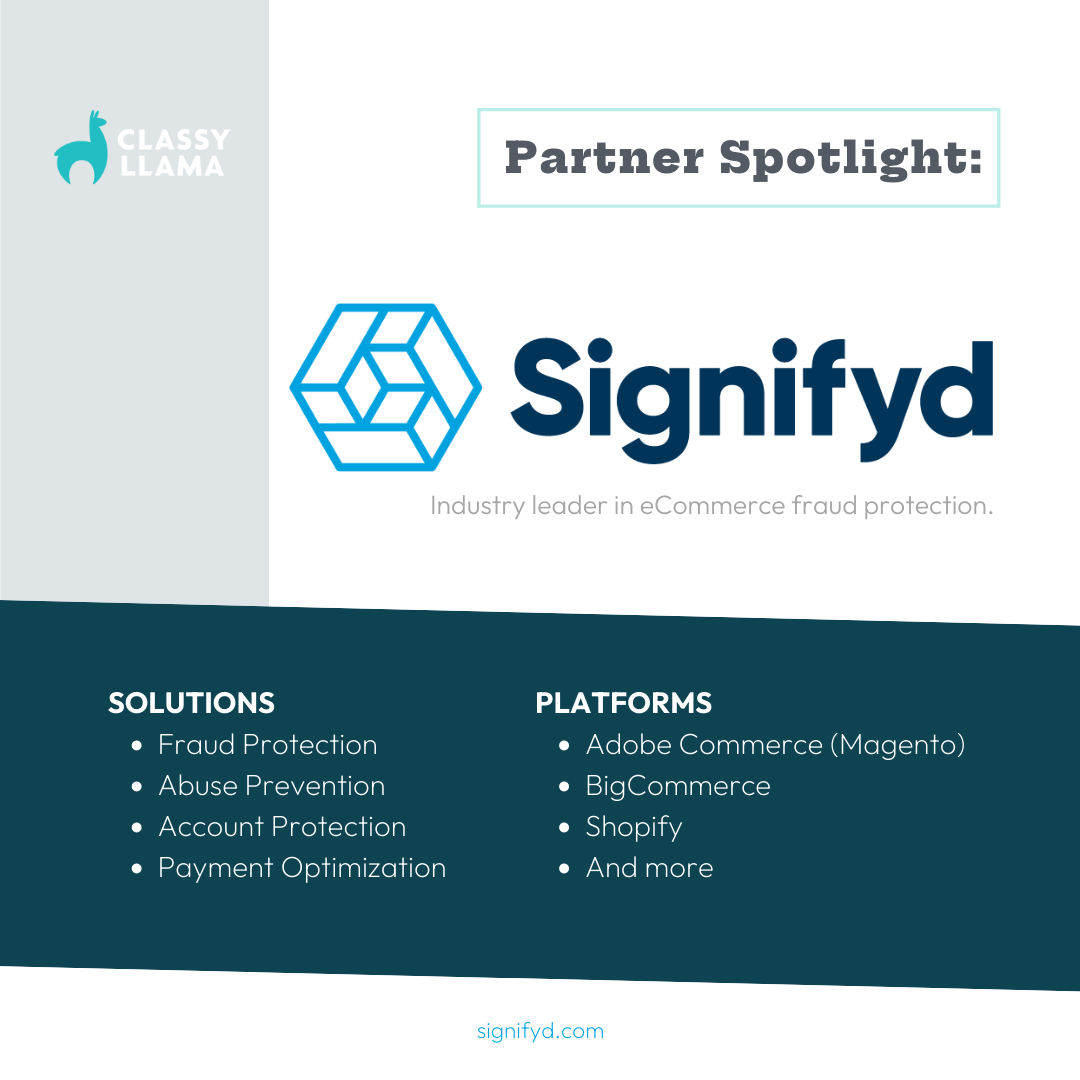“Retailers declined $16 billion in legitimate orders for fear of fraud during a recent 12-month period.”
— 451 Research
As eCommerce has become a bigger portion of retail revenue in general, the importance of maximizing every site visit and removing any barriers to conversion has grown exponentially.
COVID-19 accelerated the steady shift from brick-and-mortar to online purchases, including omnichannel shopping, which in turn accelerated the need for sophisticated commerce protection platforms that could sort legitimate from fraudulent orders quickly and accurately.
“Digital transformation” has become more than a buzzword — it’s now a business imperative.
“A surge in online commerce has accelerated merchants’ plans to transform their businesses digitally. However, a digital commerce strategy is bound to fail if not supported by next-generation fraud prevention implementations.” (“Frost Radar eCommerce Fraud Prevention” report, Frost & Sullivan)
The world of eCommerce has changed. We can all agree on that. But what should merchants be doing to address those changes and stay a step ahead at a time when the transformation seems to gain momentum by the day?
As a start, we encourage you to begin thinking more deeply about eCommerce fraud than you have before. Dig into how you manage risk in your business, and compare that to how the best in the business are tackling the challenge. You should also learn more about the risks your business faces and how you can work to protect against them.
To help you build a foundation of knowledge, here’s a list of five things you should know about eCommerce fraud compiled by Signifyd — the industry leader in eCommerce fraud protection:
1. Fraud management is a delicate balance.
Of course, fraudulent orders are a problem and a drag on profits. But you know what’s worse than approving some fraudulent orders? Approving no fraudulent orders. If you’re not seeing any fraudulent transactions in your data, chances are your fraud-review systems — whether manual, static, rules-based, scoring, or some combination — are too conservative.
If you’re turning away every single fraudulent order, you’re no doubt also turning away a significant number of legitimate orders. There are plenty of reasons that legitimate orders arrive with red flags — red flags that result in a decline based on static rules. The goal of future-focused fraud protection should be to minimize the friction you put between your customers and their purchases. In other words, you want to maximize approvals and, as a result, revenue.
The balance between fearless eCommerce and protecting your business is best achieved with sophisticated machine-learning fraud solutions that digest vast transaction intelligence. That rich diet of intelligence allows modern fraud protection solutions to build an understanding of the identity and intent behind every order, allowing you to focus on maximizing your revenue while they help minimize risk.
2. Fraud prevention is a customer experience initiative.
Once you accept that the mission of future-focused fraud protection is to optimize revenue, it’s clear that getting fraud protection right is a customer experience issue. Think about those false declines delivered by legacy fraud protection systems. In the short term, it means an unnecessarily lost sale. In the long run, it also means a serious hit to customer lifetime value and brand reputation.
When Signifyd asked consumers what would cause them to stop shopping with a particular retailer, 57.6% said, “having a retailer decline an order when there was no problem with it.” So, add to the loss of the immediate purchase all the revenue from all the future purchases that customers would have made over the years.
And brands should also consider that we live in the social media era when nothing is quite as delicious as sharing the latest #fail with a few thousand (or more) followers. Customer recommendations can be a rich source of organic marketing, but the opposite can also be true. You can bet that having an order turned away for no apparent reason is rich Twitter fodder for a customer and bad news for you.
3. Risk management should be seen as a revenue engine, not a cost center.
If fraud protection can have that sort of effect on profit and loss when things go wrong, can it also positively influence the top line? Well, yes.
The most effective fraud teams see themselves in the risk intelligence business. They no longer operate from a defensive crouch, worried they’ll take the blame for fraudulent orders or be scolded for holding back approval rates. Instead, they strategize and innovate. They provide commerce-protection support for new sales channels. They open up new spigots of sales.
The pandemic led to a curbside shopping and in-store pickup boom. When pandemic lockdowns began, only 7% of the 500 biggest retailers offered curbside pickup, according to Digital Commerce 360. At last count, 51% now allow customers to get their goods at the curb.
A rollout like that doesn’t happen without a carefully conceived fraud protection plan. For example, curbside orders arrive without a delivery address — a key bit of information that provides a host of identity signals. Plus, verifying identity at pickup can be spotty. Having a system in place that can vet the order for fraud at the time it’s placed is a major advantage, but for that system to work in this context, it needs to understand the identity and intent behind every order. If it can do that, the likelihood of a fraudulent order is minuscule.
4. eCommerce protection is one of the most impactful revenue levers you control.
Retailers are being squeezed from both ends. Digital advertising on Facebook, Google, Amazon, and elsewhere continues its steady march to higher pricing, making customer acquisition an increasingly expensive venture. Fulfillment costs are rising too. Some increases are temporary, with labor shortages and fuel price spikes. But some increases are systemic.
The increasing pressure for faster and more convenient delivery is also relentless. We’ve talked about in-store and curbside pickup. Now add ship from store, same-day delivery, one-hour delivery, 15-minute delivery — yes, 15 minutes.
Retailers can’t control those costs. But there is a rich opportunity to regain some profit simply by accepting payments. Research 451 found that retailers declined $16 billion in legitimate orders for fear of fraud during a recent 12-month period. Signifyd’s analysis of its top 600 customers found that by turning to a future-focused commerce protection platform, they typically saw order approval rates increase by 5% to 9% in 2021.
So, when you think about increasing your sales by as much as 9% and factor in the additional revenue that will come from customers who have a great experience, suddenly, the profit-building power of commerce protection comes into clearer focus.
5. Automation is the future of fraud prevention — and the future is now.
To get back to Frost & Sullivan’s point, many of these fraud-protection improvements are not possible without an A.I.-driven fraud protection solution — and all of them can be helped by one. After advising that digital commerce strategies that don’t embrace next-generation fraud prevention are doomed to fail, they point out that merchants that haven’t invested in future-focused eCommerce protection stand to lose as much as 20% annually. The losses come from fraud, manual review costs, chargebacks, false declines, lower customer trust, and higher payment processing costs.
Taken as a list of new requirements, eCommerce fraud protection sounds daunting. But actually, a long list is a good thing. There are so many challenges to attack and so many places to increase revenue. And maybe the best news of all: Innovators have done the work and come up with reasonable and reliable solutions. All you have to do is get onboard!

